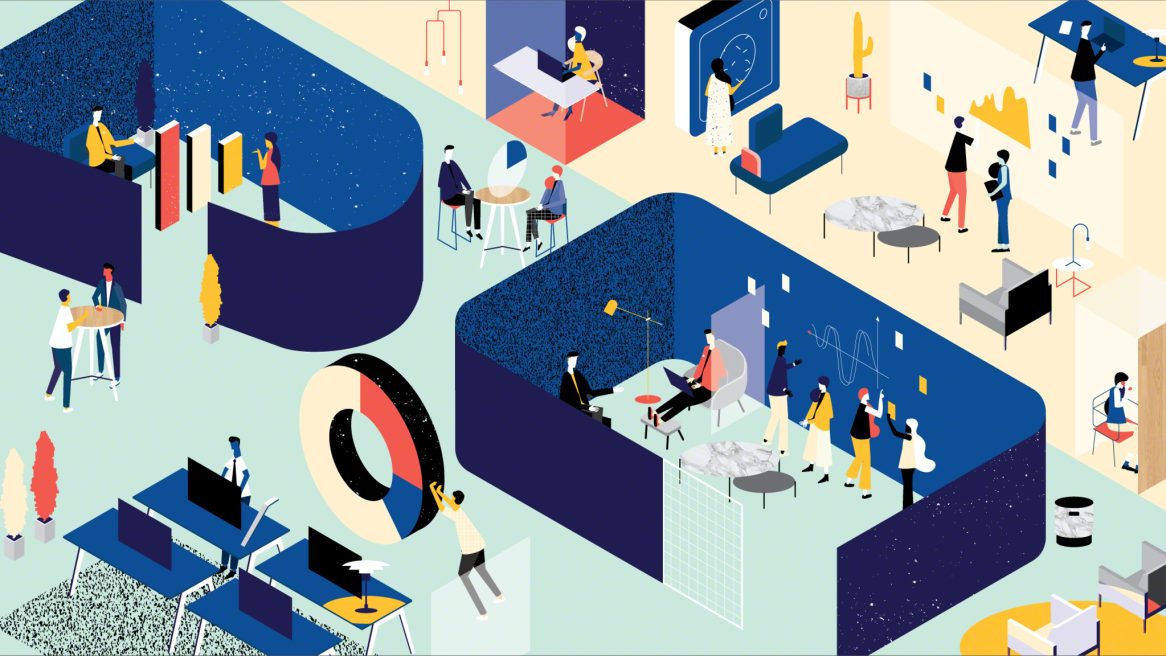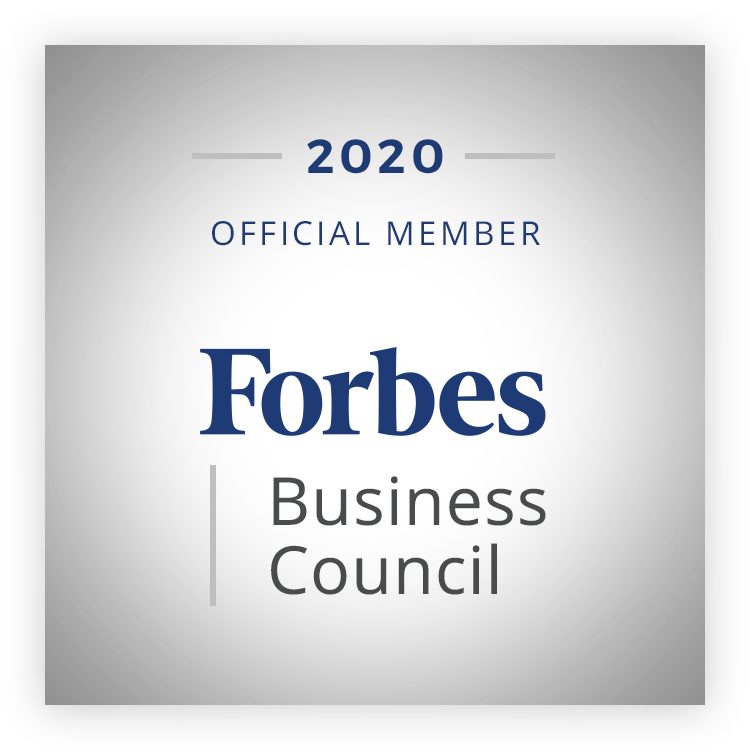As the coronavirus has transformed the very nature of the way companies work, wise leaders have realized one thing: that their organization’s survival in the future may depend on creating a responsive, agile workplace culture. Why? Because the events of the last few months have shown us nothing if not how unpredictable and random our environment can be, and how important it is to be ready for all circumstances.
The pandemic has been a test of agility for organizations and leaders alike; those who could adjust their mindsets and offerings quickly won, while those who could not, lagged behind. So how can a leader go about creating an agile workplace moving forward? What are the ingredients of such an organization? Of course we know all about Scrum ceremonies and rituals which are invaluable organizational processes – but the processes alone will not create the mindset we need. So let’s go a step further.
1. Flexibility
Many leaders are finding that the “new normal” consists of employees wanting greater flexibility to work from home. Employees have discovered they can be just as productive from home, while also saving time and costs on transportation – a solid argument. It is up to leaders to demonstrate the TRUST necessary to allow this flexibility and autonomy to employees and honor their varying work styles.
To accommodate this flexibility, it is essential to have the right tools in the arsenal, however. Ensuring high quality video conferencing technology, like Zoom or Bluejeans; collaboration technology like Slack, Trello, and Asana, and secure cloud access of data and documents are a few of the ways leaders need to equip their organizations. On top of that, having clear discussions with employees on availability for meetings and check-ins will ensure that expectations are met on both sides.
2. Growth mindset
“Failure” needs to stop being a bad word in your organization. This means that rather than penalizing mistakes and mourning when things don’t go as planned, treating these instances as learning opportunities for the team or organization. Every experience, whether “successful” or not, contains within it valuable data on what works, what doesn’t. So, encourage healthy experimenting within your organization and leave time for innovation and play.
The arts can be an excellent, engaging tool for developing the growth mindset in your organization. CultureStrategy helps our clients by organizing interactive company workshops in Improv, Storytelling, and the Arts. While initially the arts may not seem at all related to the day-to-day work of your employees, improvisational and interactive art creation can actually help employees become more creative, collaborative, and adaptive. Importantly, set a context from the beginning of the event that it is a space of exploration and experimentation and non-judgment, so that employees can feel free to try out new ideas in a safe space.
Along these lines, don’t allow employees or the organization as a whole to get too comfortable, with anything. One of the tenets of the agile methodology is rotating roles. Allow employees to wear different hats at different times and challenge them constantly to learn new skills. The degree to which you do this will depend on how much it makes sense for your specific organization. It may just mean creating time for employee shadowing of a different function. Or it could mean something as drastic as changing roles every month. Allow employees the opportunity to be exposed to functions and skills outside of their own and try them out. Keeping employees on their toes(in a good way) will go a long way towards creating an agile workplace.
3. Purpose
While autonomy and flexibility are great to have, leaders will soon find employees taking advantage of their newfound autonomy, unless they are also given a sense of purpose in the organization.
What does this mean? This means that beyond organizational objectives, employees must be fulfilling personal objectives through the work that they do. Managers should ensure that they are periodically engaging in coaching and mentoring conversations with employees to discuss personal and professional goals, ensuring that work is aligned and progress is being made on these fronts.
So, think beyond the quarterly evaluation and review process. Focus on incorporating feedback and coaching on a more continuous cadence via check-ins, both formal and informal. One smart way of tracking employee progress on goals is having them fill out a pulse survey at the end of every week rating themselves on their progress. Another best practice is to include individual goals as a formal part of the performance management and evaluation process.
At the same time, it is not on the manager alone to initiate these coaching conversations. For employees to become empowered, agile leaders in their own right, they must be proactive. Encourage them to schedule their own check-ins as needed and demonstrate assertiveness in reaching their goals.
4. Design thinking
While design thinking may be a familiar concept to your Development teams, it is a concept that needs to be learned by the entire organization. Why? Because inherent in design thinking is developing the capacity for empathy, for emotional intelligence, for trying on the experience of another person – whether that is a customer or a fellow coworker.
The skill of design thinking actually helps us solve problems better, but not only when it comes to building products. Even when it comes to solving internal conflicts and organizational process problems, the skill of design thinking is invaluable.
How do we apply it to our relationships in the workplace? The first step would be truly putting ourselves in anothers’ shoes and trying to feel their experience, their needs, their desires, their emotions, detaching from ourselves through this process. The next step is to design a solution that serves those needs, those emotions, as best as we can within our capacity.
5. Make learning fun
Finally, learning needs to become something in your organization that evokes cheers, rather than groans. That means straying away from the typical mandatory hour-long virtual training to revolutionizing your learning methods and technologies. Luckily, there are a myriad ways of doing this today, from AI-powered personalized learning to gamification to innovative workplace events. In order to create an agile, learning organization, learning needs to be seen as 1. Necessary – again, must be aligned to the employee’s personal objectives somehow and 2. Fun! Must be engaging and not painful.
An agile workplace is a workplace that is perpetually ready for change. That means much more than just implementing a new tool, as typical change management engagements entail. It means developing the internal capability for change , transforming the organizational DNA into one that is more resilient, adaptive, and agile in the long term. After all, change is the only constant in today’s world.
So leaders, I encourage you to think a little bigger now as we step into the “new normal” of work, and invest in more than a new tool or process. Invest in agility.
We can help you transform your organization into an agile workplace. Learn more about our organizational consulting firm and get in touch.


